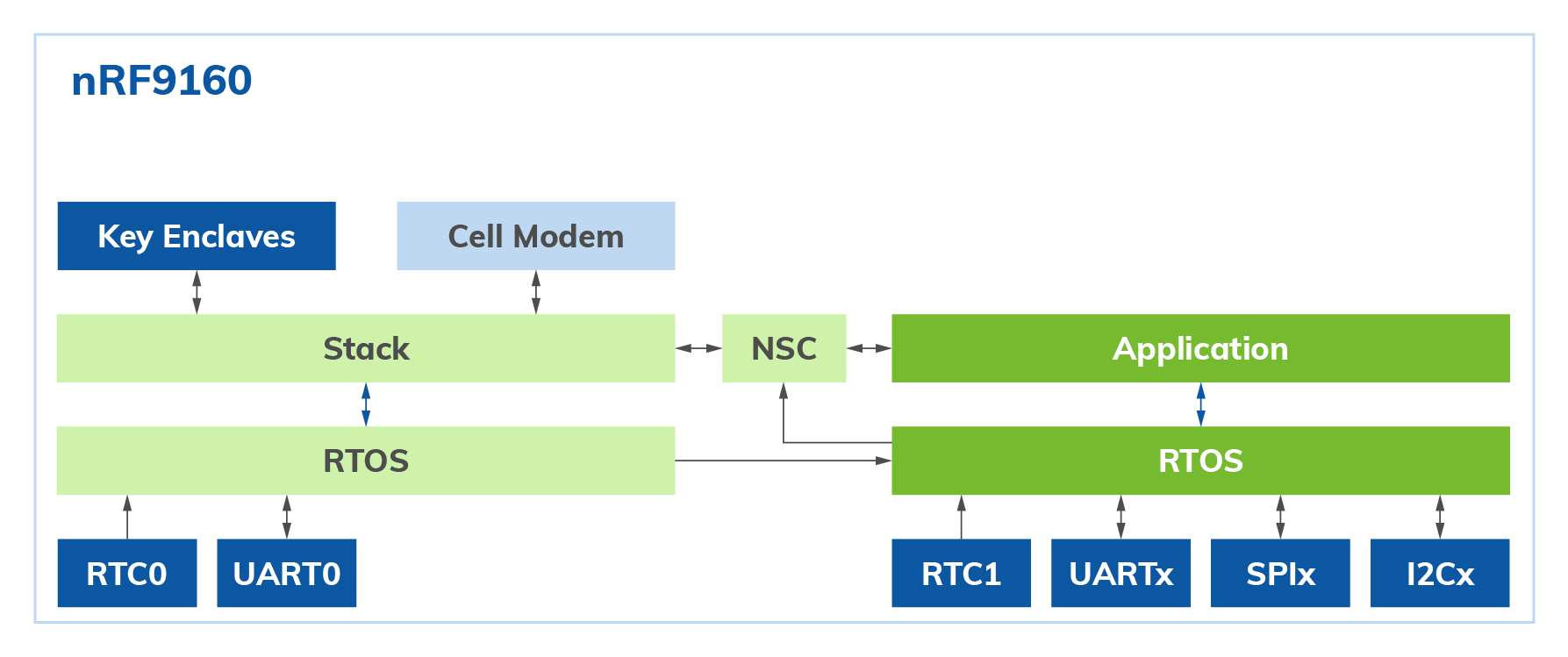Table Of Content

In many cases, the software architecture and its documentation will outlast the initial creators of the product. The people working on the product may change, and the programming language used may change, but the software architecture will almost always remain. DevSecOps emerged as a natural evolution of DevOps practices with a focus on integrating security into the software development and deployment process. Logical design pertains to an abstract representation of the data flow, inputs, and outputs of the system. It describes the inputs (sources), outputs (destinations), databases (data stores), procedures (data flows) all in a format that meets the user requirements. In the dynamic landscape of software engineering, system design stands as a pivotal phase that lays the foundation for robust and scalable applications.
The Cloud and System Design
Web designers with access to website architecture diagrams can identify potential problem areas and develop effective strategies to improve the website's performance. Deployment architecture diagrams visually represent relationships between different application components and their deployment environments. Deployment architecture diagrams show the layout of an application and its components—including, for example, servers, storage, and networks. Integration architecture diagrams visually represent components, data, and technology involved in integration solutions. They show the relationships between different components, systems, and services and are used to help design, develop, and manage complex integration solutions.
Container (applications and data stores)
This architecture is also commonly found in internal business applications. In general, event-processor components should only perform a single business task without relying on other event processors. This is because you want your event processors to be able to run steps concurrently with other event processors.

Learn About AWS
System design meets the needs of your business or organization through coherent and efficient systems. Once your business or organization determines its requirements, you can begin to build them into a physical system design that addresses the needs of your customers. The way you design your system will depend on whether you want to go for custom development, commercial solutions, or a combination of the two.
Data stored on a tape (sequential access) can be accessed only sequentially. It produces the working system by defining the design specification that specifies exactly what the candidate system does. It is concerned with user interface design, process design, and data design.
It involves translating high-level concepts into concrete designs that can be implemented and executed efficiently. Low-level design in system design is equally important as it delves into the detailed implementation of the system components outlined in the high-level design. While high-level design provides a broad overview, low-level design focuses on the specifics of how each component will be built and how they will interact at a granular level. It involves defining data structures, algorithms, interfaces, and modules required to realize the system’s functionality. It serves as a blueprint for translating high-level design concepts into executable code, ultimately contributing to the development of a robust and reliable software system. REST is a ruleset that defines best practices for sharing data between clients and servers, and it emphasizes the scalability of components and the simplicity of interfaces.
Layered (N-tier) architecture
GFS is designed for system-to-system interaction, rather than user-to-user interaction. The architecture consists of GFS clusters, which contain a single master and multiple ChunkServers that can be accessed by multiple clients. Layered architecture is a software architecture pattern that separates applications into logic-based layers.

A microservices architecture consists of groups of small, independent, self-contained services with small code bases. Unlike with a monolithic application using a layered architecture pattern, keeping small, separate code bases can minimize the number of dependencies. Microservices architectures are one of the most popular software trends at the moment, and one reason for this can be attributed to the easy scalability of development. When microservices can no longer be maintained, they can be rewritten or replaced. High-level architectural diagrams and thorough documentation can be effective tools for communicating the internal state of a system or application when done well. You must ensure that the core components and high-level architecture are available for every employee.
The circular economy in detail - ellenmacarthurfoundation.org
The circular economy in detail.
Posted: Tue, 17 Oct 2023 19:15:23 GMT [source]
Typically, deployment diagrams are used to get an overview of the physical layout of the hardware and software in the system. The idea is to help you to visualize how the system will be deployed on the hardware. While similar to application architecture diagrams, integration architecture diagrams focus on how the various components interact with each other. The deployment manager is the component that manages the startup and shutdown of processing units based on load conditions. It will start up new processing units when user loads increase and shut down processing units when user loads decrease. This dynamic response to changing environments allows space-based applications to scale up easily.
A natural language interface for automatic generation of data flow diagram using web extraction techniques - ScienceDirect.com
A natural language interface for automatic generation of data flow diagram using web extraction techniques.
Posted: Wed, 11 Jan 2023 21:33:07 GMT [source]
Check out this wiki article to learn more about the dependencies and elements found in package diagrams. Additionally, the diagram may also use icons or symbols to visually represent the different components. A small legend at the bottom, similar to the legend on a map, explains icon usage. The way in which the components and connections are arranged is called a layout. Architecture diagrams provide several benefits, such as collaboration, risk reduction, efficiency, and scalability.
Several types of architectural diagrams visually represent various systems and software architectures. System design is the backbone of software engineering, shaping the way applications function, scale, and deliver value to users. Learning system design empowers software engineers to craft innovative, reliable, and efficient solutions that drive the digital world forward.
In this section, we’ll cover some fundamental concepts within the field of distributed systems. System failures usually result in the loss of the contents of the primary memory, but the secondary memory remains safe. Whenever there’s a system failure, the processor fails to perform the execution, and the system may reboot or freeze.
The Microsoft Azure platform is the second-most popular cloud computing solution and is a great choice if you’re already working with Microsoft products. For hundreds of solutions, you can browse through a catalog of reference architectures. So, if you know that you’re trying to diagram a layered architecture, you can look at existing reference architectures that use that style. This type of software architecture is best for social networking sites or any system that needs to handle massive spikes in traffic.
Each component of a microservices architecture is deployed as a separate unit. Separately deploying units streamlines the delivery pipeline and makes deployment much faster. Development teams can easily build up continuous delivery pipelines with smaller units. Testing also becomes easier because you only need to test the features of an individual microservice.
If you ever decide to move on from a project, you can rest assured knowing that things won’t fall apart when you leave. There are many software architecture styles out there, and being aware of the popular ones can save you some time. Here is a basic (but hopefully comprehensive) look at six different types of architectural patterns. Most IDEs (or UML modeling tools) can generate code diagrams on-demand, so documentation at this level of detail is more easily retrieved than maintained.
No comments:
Post a Comment